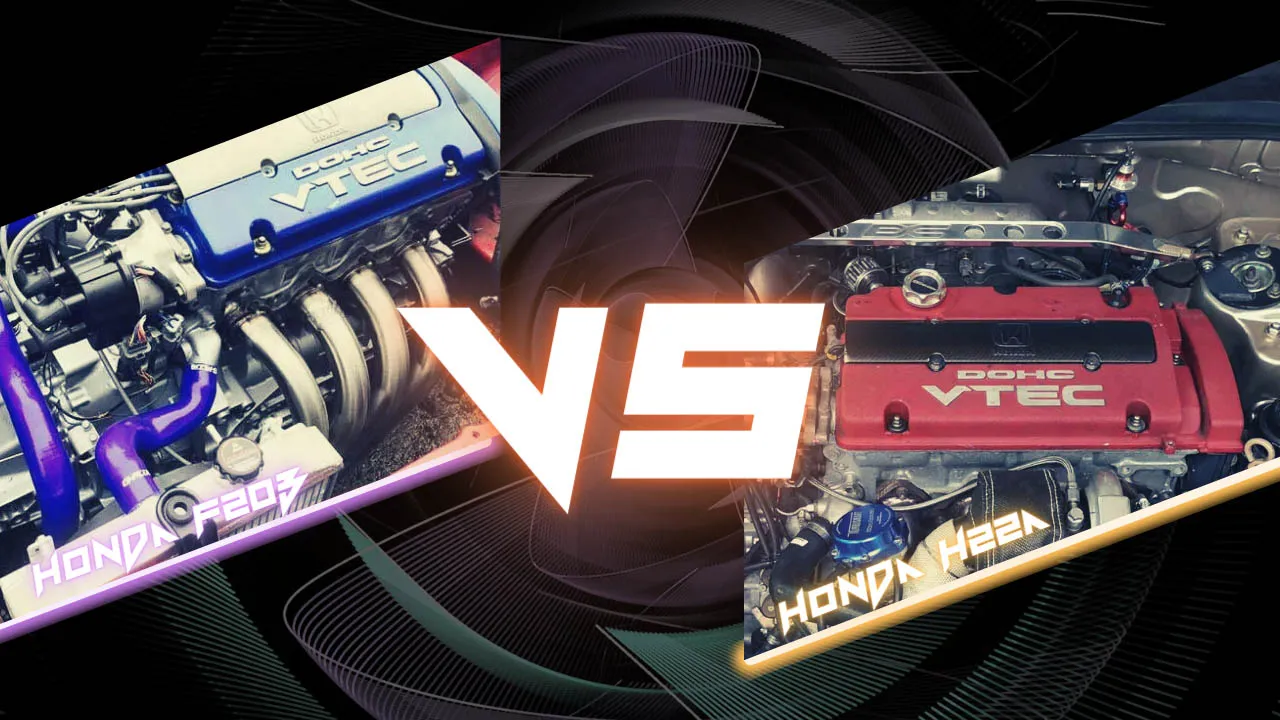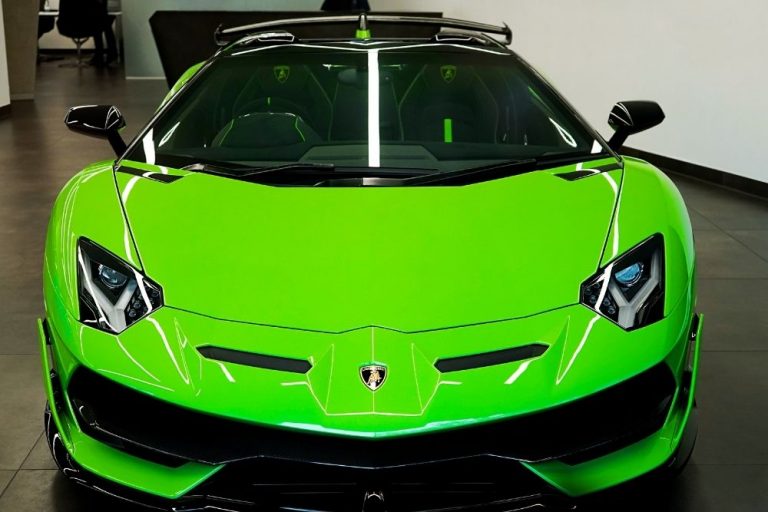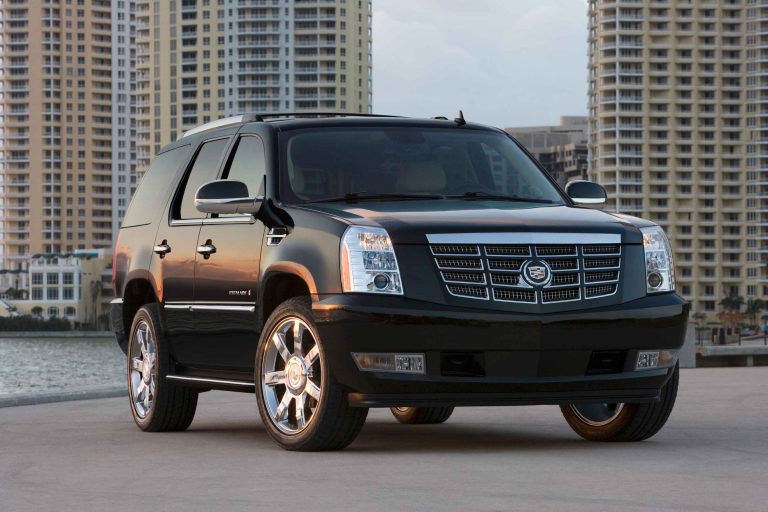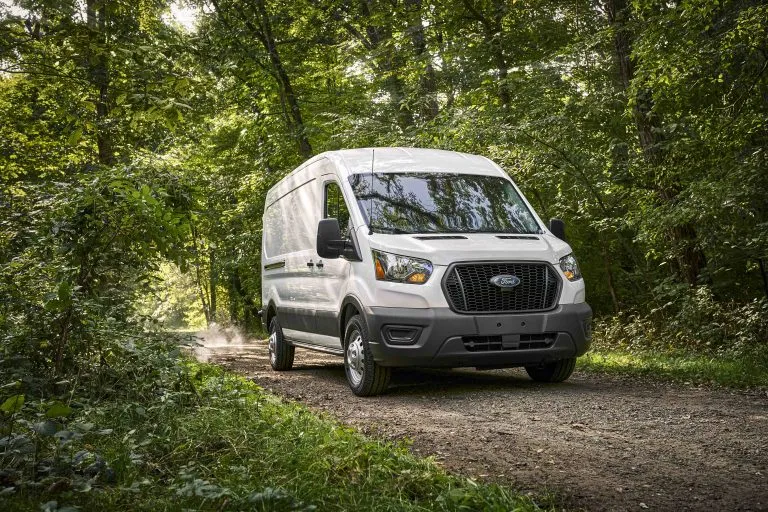The F20B vs H22A – Which Is Better (Pros, Cons & Upgrades)
The battle between the F20B engine and the H22A engine has been long fought with no sign of a clear winner to date. It is unlikely there will ever be a clear winner. As with anything in the world of cars, facts are only half the battle. People’s opinions on what is good or what is better are not something that will ever remain static.
Luckily for you, this thorough article covering the F20B engine vs the H22A will cover everything you need to know about both engines. Where they shine and where they falter. If you stick with us, there are even some excellent upgrade recommendations to help you get the most out of both engines.
What Is The F20B?
The F20B engine was introduced in Honda’s F series of inline four-cylinder motors. The F series was an innovative switch to solid aluminum open decks with aluminum cylinder heads. While it still made use of cast iron-sleeved blocks it was far lighter than the previous series and far more malleable.
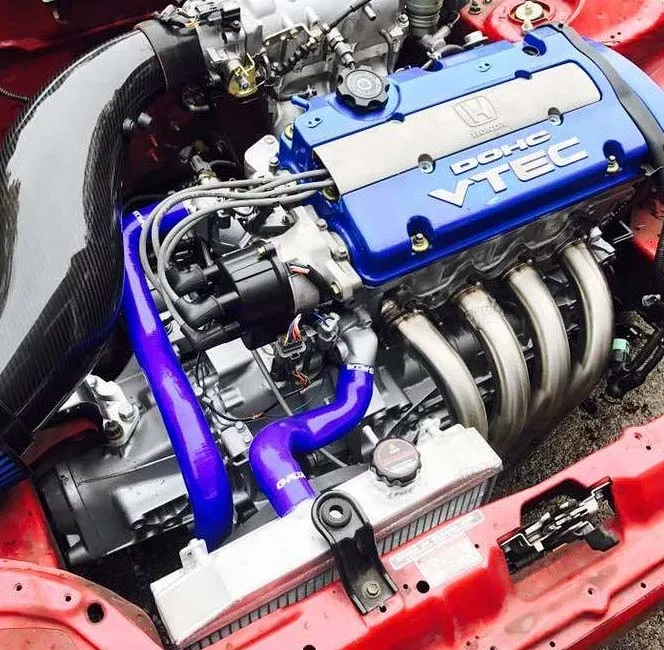
With VTEC cylinder heads and stronger intake and cams, as well as a sturdier throttle body, it was an engine built for performance. There is a reason it was used in the CF4, CF5, CF9, and CL3 Accords. It was also used in the limited edition Torneo that was only available in Japan.
What Is The H22A?
The H22A is a member of the H series of Honda engines that premiered in 1993. The H22A shared a lot of similarities with the F20B, especially the manual transmission. The H22A used closed-deck blocks between 1993-96 and FRM liners from 1994-96.
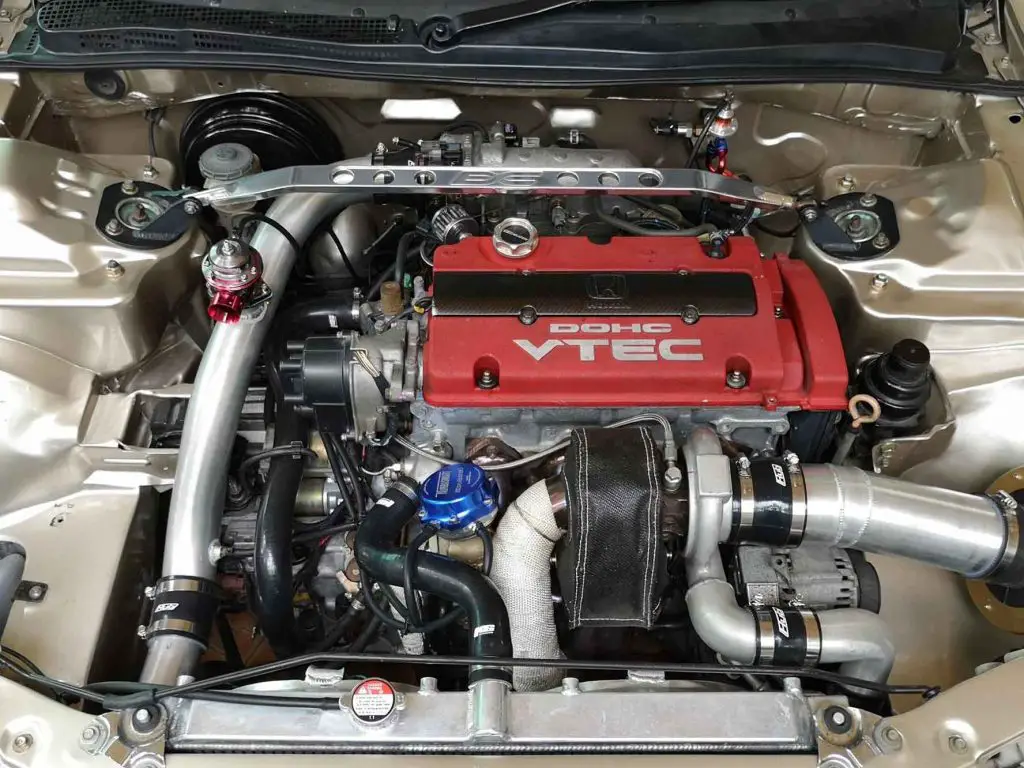
The later versions of this engine used open-deck blocks with FRM liners. The H22A has undergone some more significant structural changes over the years since its conception. Though it has still remained true to the original design ethos that made it so popular.
Which Is Better F20B vs H22A?
When it comes to which is better either the F20B engine or the H22A engine you are going to get different answers depending on who you ask. Since things like this are so opinion-based this helpful list of pros and cons for each engine should hopefully help you draw up a fair comparison and make an informed decision based on the facts presented to you.
F20B Pros
- The F20B produces 200 brake horsepower.
- The F20B produces 145 lb/ft of torque.
- The F20B engine costs under $1000 for a manual transmission.
- You can upgrade the F20B with an ECU ($1500) and/or an LSD ($2000).
- The F20B is good for High Revving.
H22A Pros
- The H22A produces 200 brake horsepower.
- The H22A produces 161 lb/ft of torque.
- An H22A engine will cost about $1000 for a manual transmission
- The H22A Engine with ECU and LSD included will cost about $2000
- The H22A is much more suitable for turbo-boosting as it has higher tolerance thresholds at super-high RPM and reduced pressure.
F20B Cons
- The F20B automatic transmission can cost 50% more even without the extra add-ons like LSD.
- The F20B does not produce as much torque as the H22A which is noticeable off the starting line (if you were to compare the two side by side)
- The F20B engine is not likely to be as suitable for turbocharging since it is a high-compression engine and turbochargers rely on lower compression levels
H22A Cons
- The H22A engine is heavier which is something to consider post-turbo boosting compared to a lighter engine.
- The H22A engine is not as quick to rev compared to the F20B.
- The H22A engine redlines at about 400rpm less than the F20B (7200RPM)
Upgrades To The F20B
No engine is perfect and as you can tell by the pros and cons list above, the F20B isn’t either. There are some small changes you can make to get the most out of the motor, either as a track day racing vehicle or as your everyday driver. First, the F20B engine head can be easily upgraded without even having to touch the actual engine block itself. It’s a quick and easy change that can get you an extra 10-40 horsepower. Which is nothing to turn your nose up at.
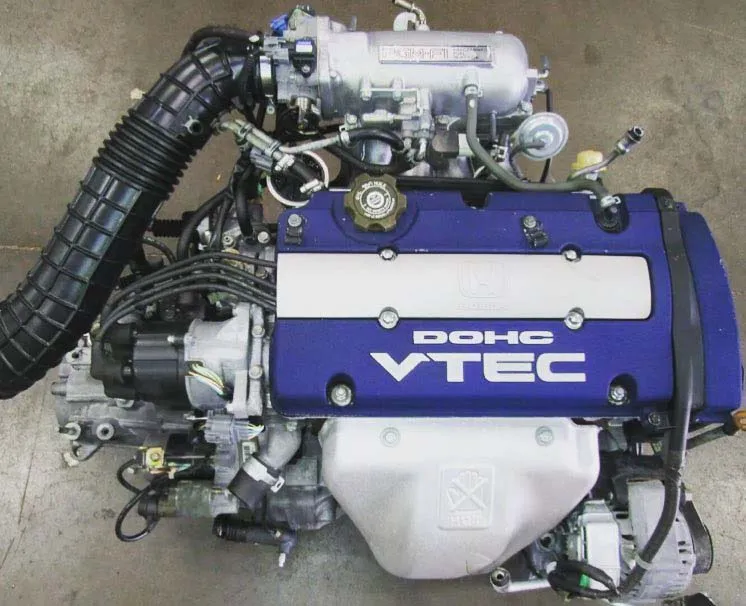
Additionally, you can add upgraded cams to the F20B engine that will get you maximum bang for your buck from the engine’s high compression rate. Your compression levels are going to be too high to turbo-charge so this is a good alternative. It is a different kind of upgrade but still gets you moving in the right direction. Skunk2 Stage 2 cams are quite popular but you can also go with something different like the Skunk Pro 1’s.
Upgrades To The F22A
Just as the F20B is not perfect neither is the F22A. As was mentioned above, given the lower compression levels for the F22A engine you are going to find that it is more suitable for turbo-charging (if you so wish). However, there are some smaller (and cheaper) upgrades you can make.
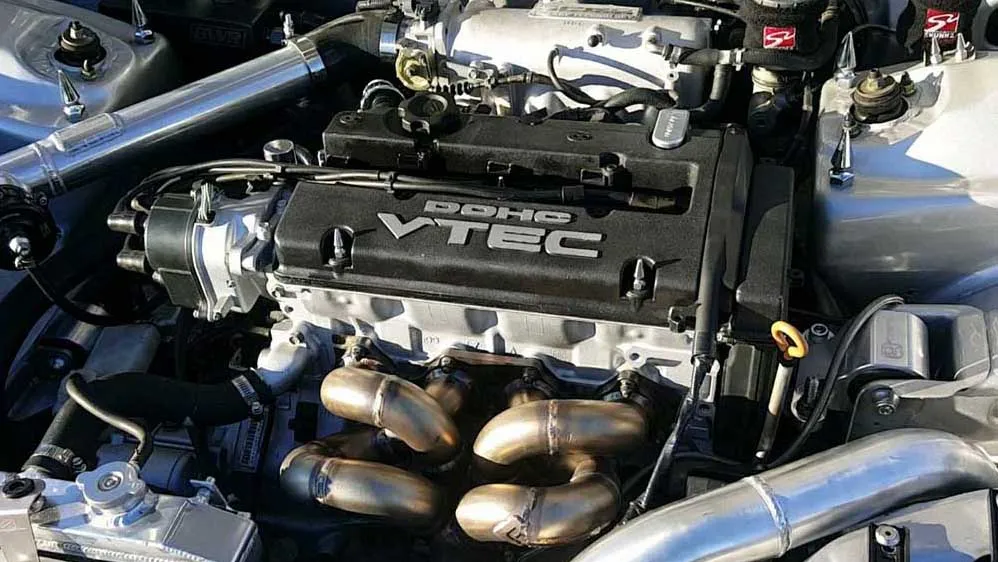
First, swapping out the stock cams for fast road cams is always a great move. It is not an easy, do it yourself, task. But it shouldn’t cost too much and can make a huge amount of difference to the general driving experience. As well as squeeze out a little more power.
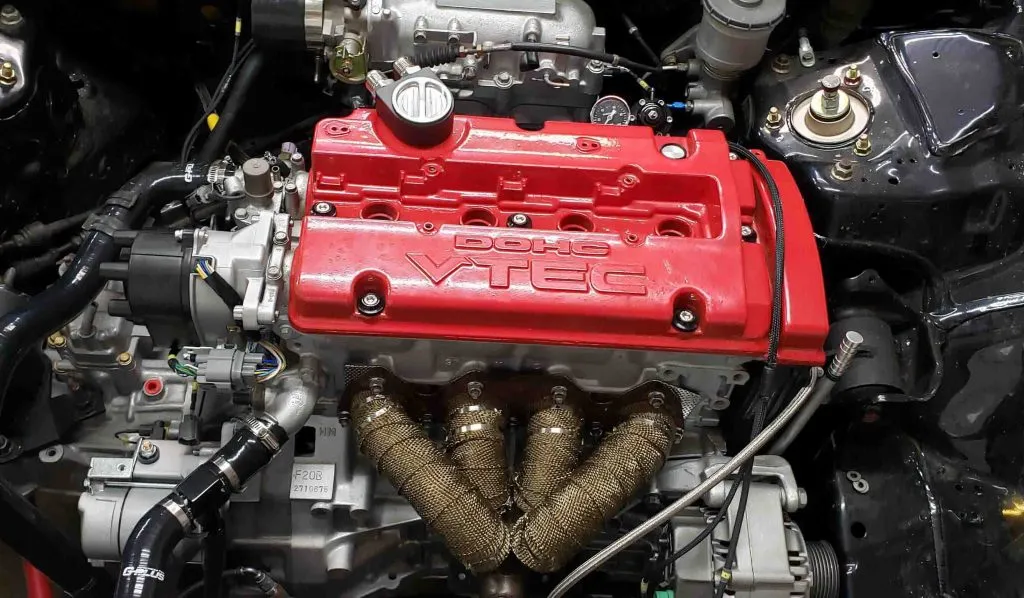
Additionally, the heads on the F22A can be swapped out or machined to increase airflow and fuel intake. This could cost as little as $50 or as much as $500 depending on which heads you go for. Forged heads that have been machined smooth could net you another 30-50 horsepower. Not bad bang for your buck compared to the cost of turbochargers.
Conclusion
So, it is up to you to decide which engine is better. On the one hand, the F20B seems like the easy choice in terms of upgrade options. But, the F22A’s affinity to be turbocharged could edge it out as the winner. Either engine is a safe choice for a good blend of speed and reliability. And both could benefit from some minor changes such as new heads and better cams. Goodluck, with whatever you decide to do.

